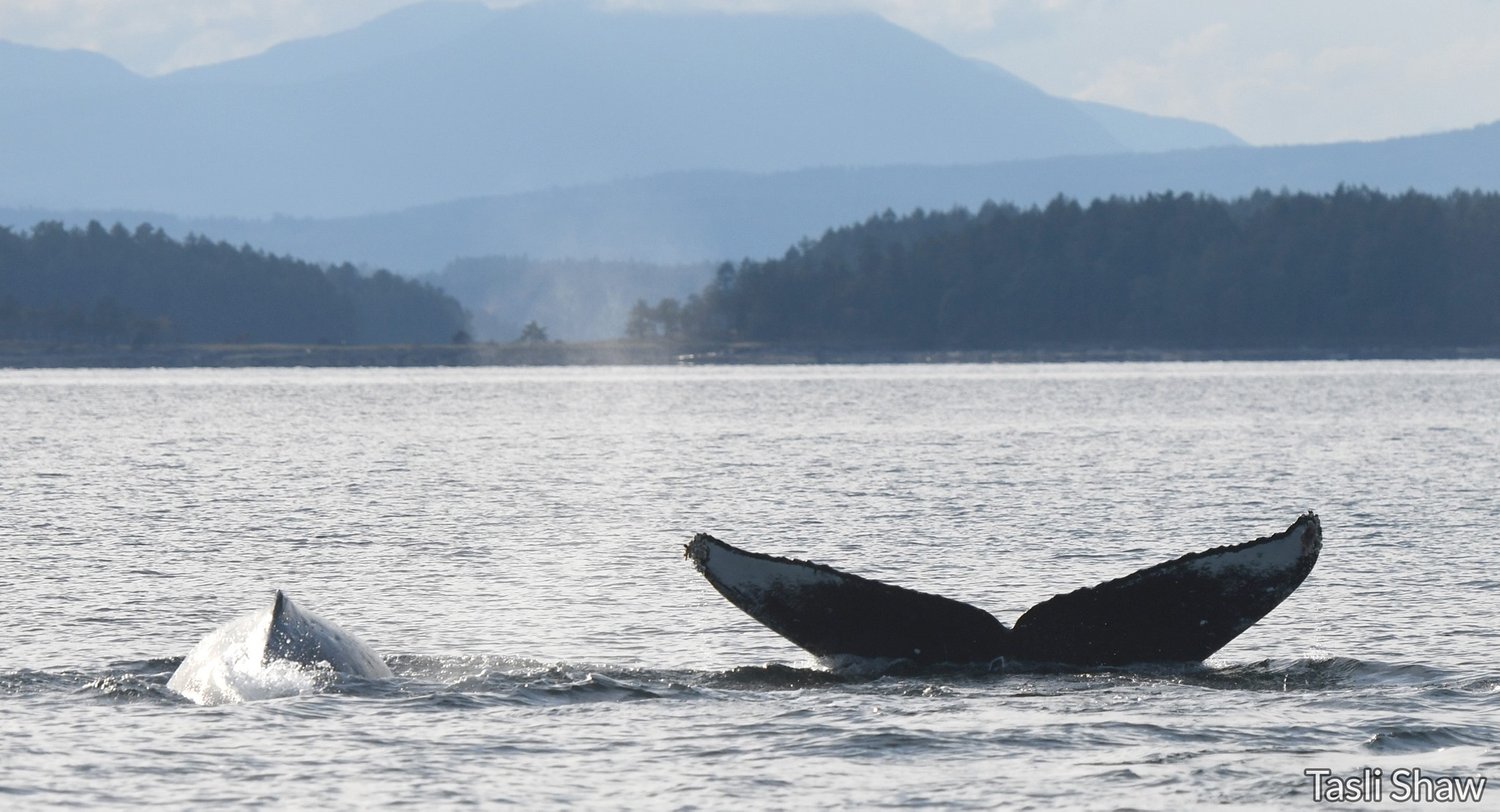
- Inspiring People -
- 4mins -
- 477 views
From zero to 500 in 25 years: breeding humpbacks return to Seattle coast in unprecedented numbers
As many as 500 humpback whales and a record 21 whale calves have been documented in the Salish Sea off Washington and British Columbia, according to the Pacific Whale Watch Association (PWWA) — a significant recovery for a species listed as endangered just 25 years ago.
Humpback comeback 2021: 21 calves counted in Salish sea
At the end of October, the Pacific Whale Watch Association (PWWA) reported that a record number of humpback whale calves have been photographed in the Salish Sea this season. Specifically, 21 calves have been documented by whale watchers and researchers throughout inland Washington and British Columbia. According to Mark Malleson of Center for Whale Research, that is the highest annual number on record so far for the region, and is nearly twice as many as were reported in 2020, when 11 calves were documented.
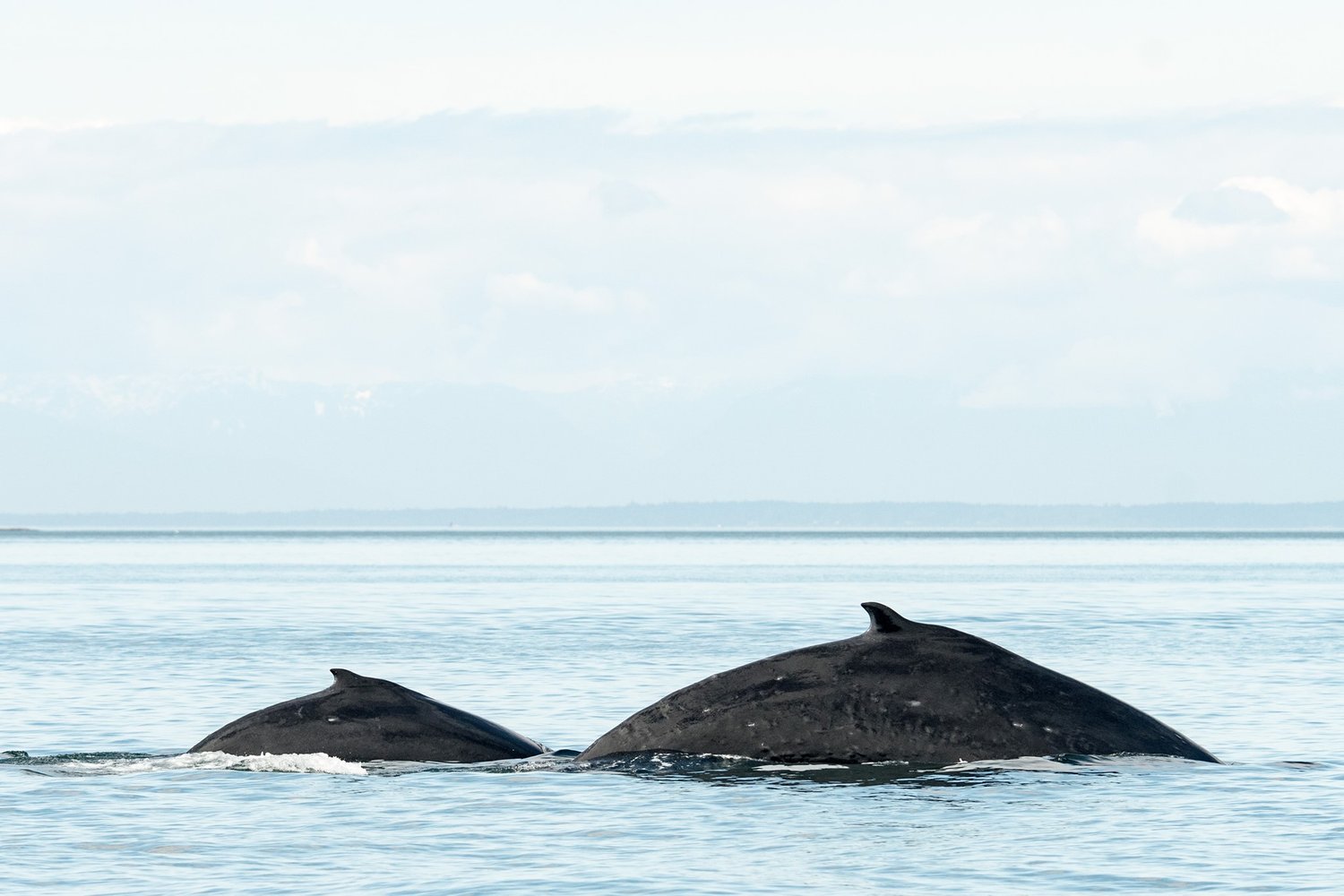
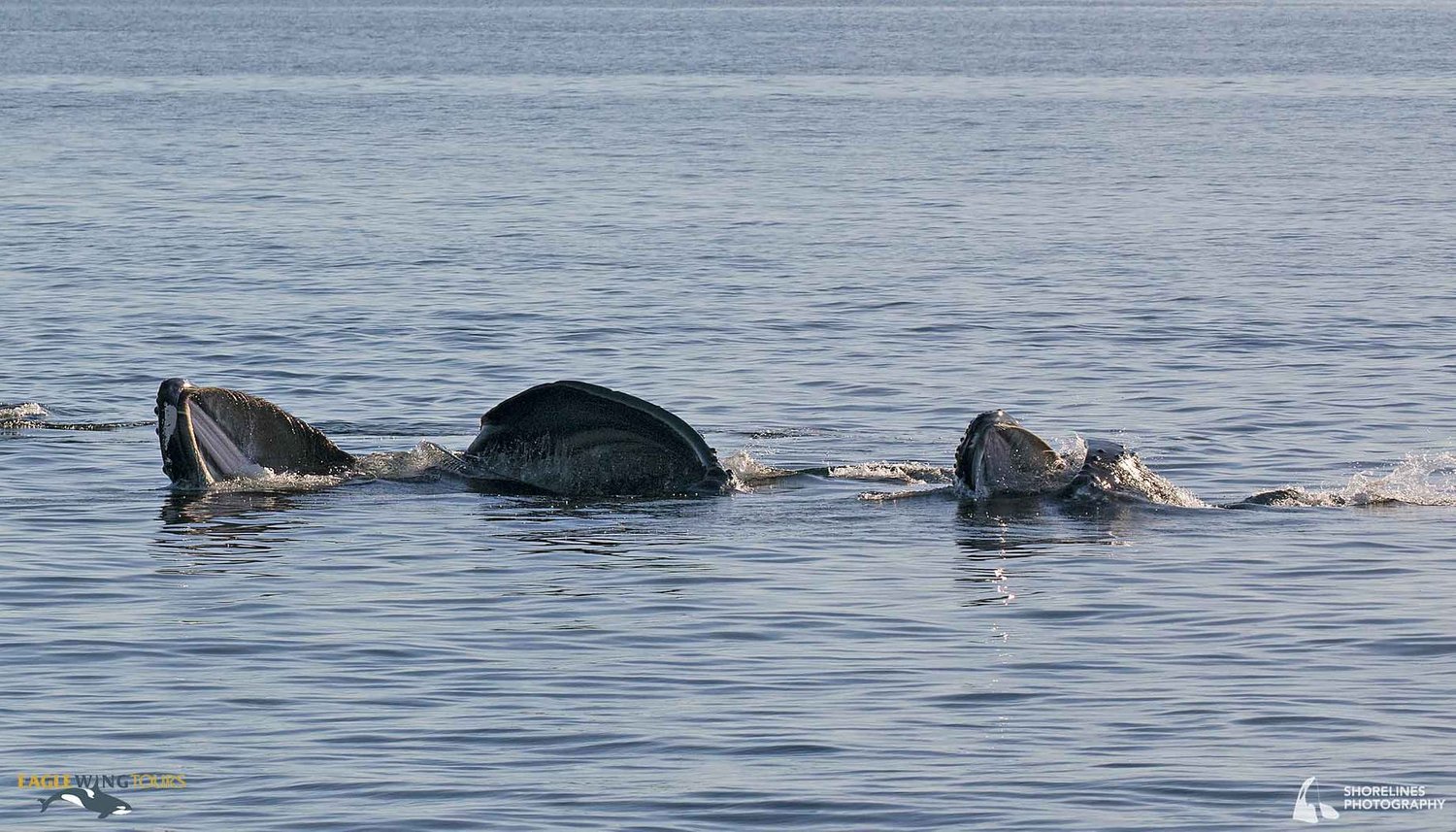
2021 SETS RECORD FOR NUMBER OF HUMPBACK WHALE CALVES IN SALISH SEA
The Pacific Whale Watch Association report that fall brings the peak of humpback whale activity as the whales seize their last feeding opportunities before traveling south for winter.
An adult humpback (Megaptera novaeangliae) whale can eat roughly 2,000 pounds (900 kg) of fish and krill each day. In the coming months, Salish Sea humpback whales will swim to breeding grounds near Hawaii, Mexico, and Central America to give birth and mate, returning in late spring.
“2021 has been a banner year for female humpbacks coming into the Salish Sea with new calves,” says Wendi Robinson, naturalist with Puget Sound Express, based in Port Townsend and Edmonds, WA. “Calves only travel with mom for a year or so and then they’re on their own. Once they’re familiar with our waters, they will often return year after year to feed.” Continued below…
Source: PacificWhaleWatchAssociation
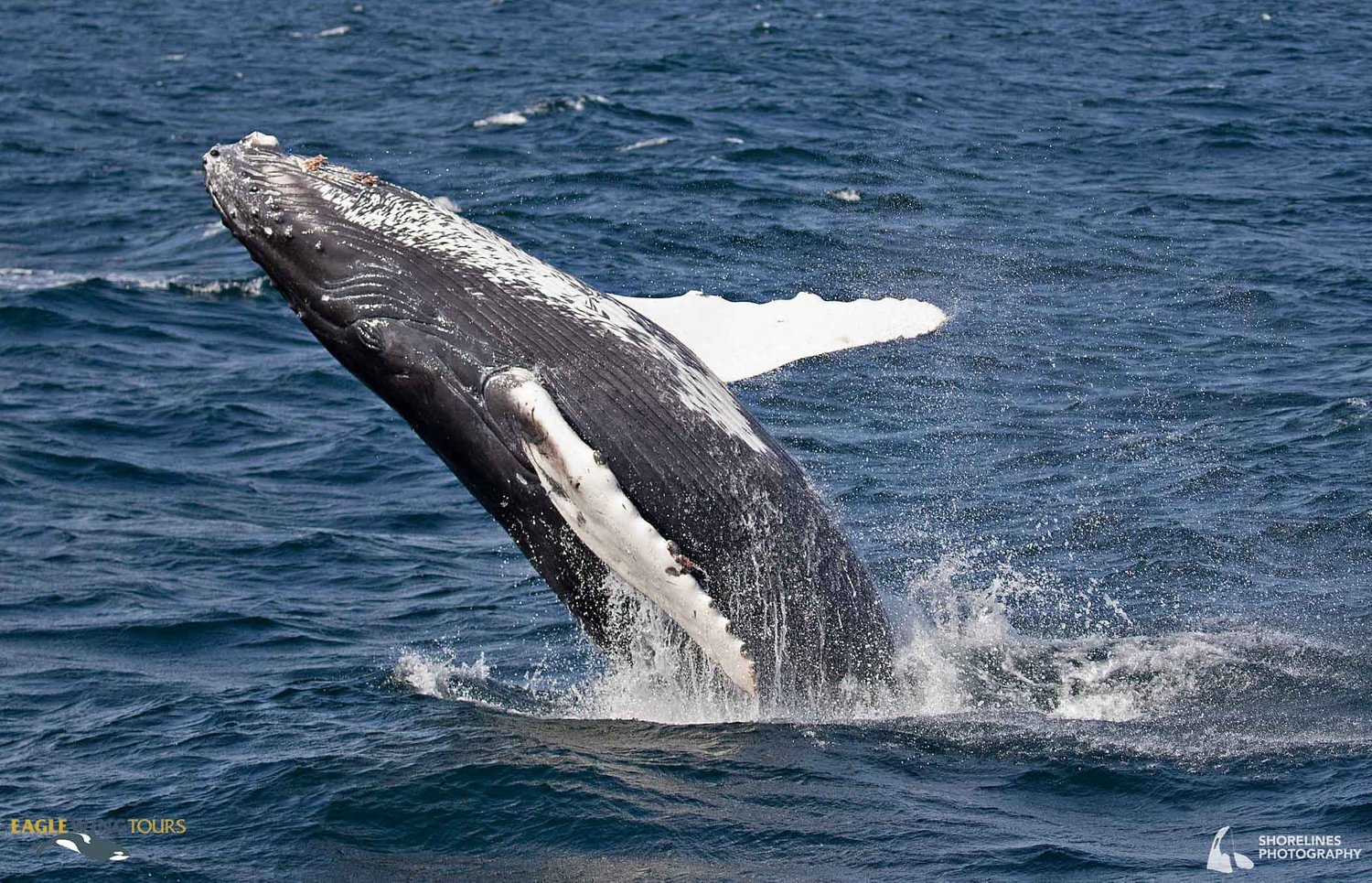
Each spring humpback whales migrate from Hawai’i, Mexico and Central America to Alaska
Once hunted out in local waters by commercial whalers, humpbacks continue to resurface in astonishing numbers here, increasingly taking an inside passage through local waterways as they head north in the spring, and then south in the fall. But once in the Salish Sea, they often make it an extended stay before rejoining the migration.
The resurgent humpbacks are giving whale watchers, environmentalists, researchers and marine mammal scientists an up-close look at an extraordinary conservation success story.
Researchers believe there are more than 21,000 humpbacks now in the eastern North Pacific, up from about 1,600 when whale hunting was banned in 1966, and there are as many as 85,000 worldwide.
In the spring of 2015, after a five-year review, NOAA Fisheries proposed to delist most populations of humpbacks, including the ones we see in these waters. Cascadia Research Collective in Olympia, WA estimates that about 1,600 humpback whales feed off the west coast of North America, including as many as 500 now off Washington and British Columbia.
These animals usually visit from spring to fall before migrating in the winter to warm-water breeding and calving areas in Mexico, Central America and Hawaii.
Source: PugetSoundExpress
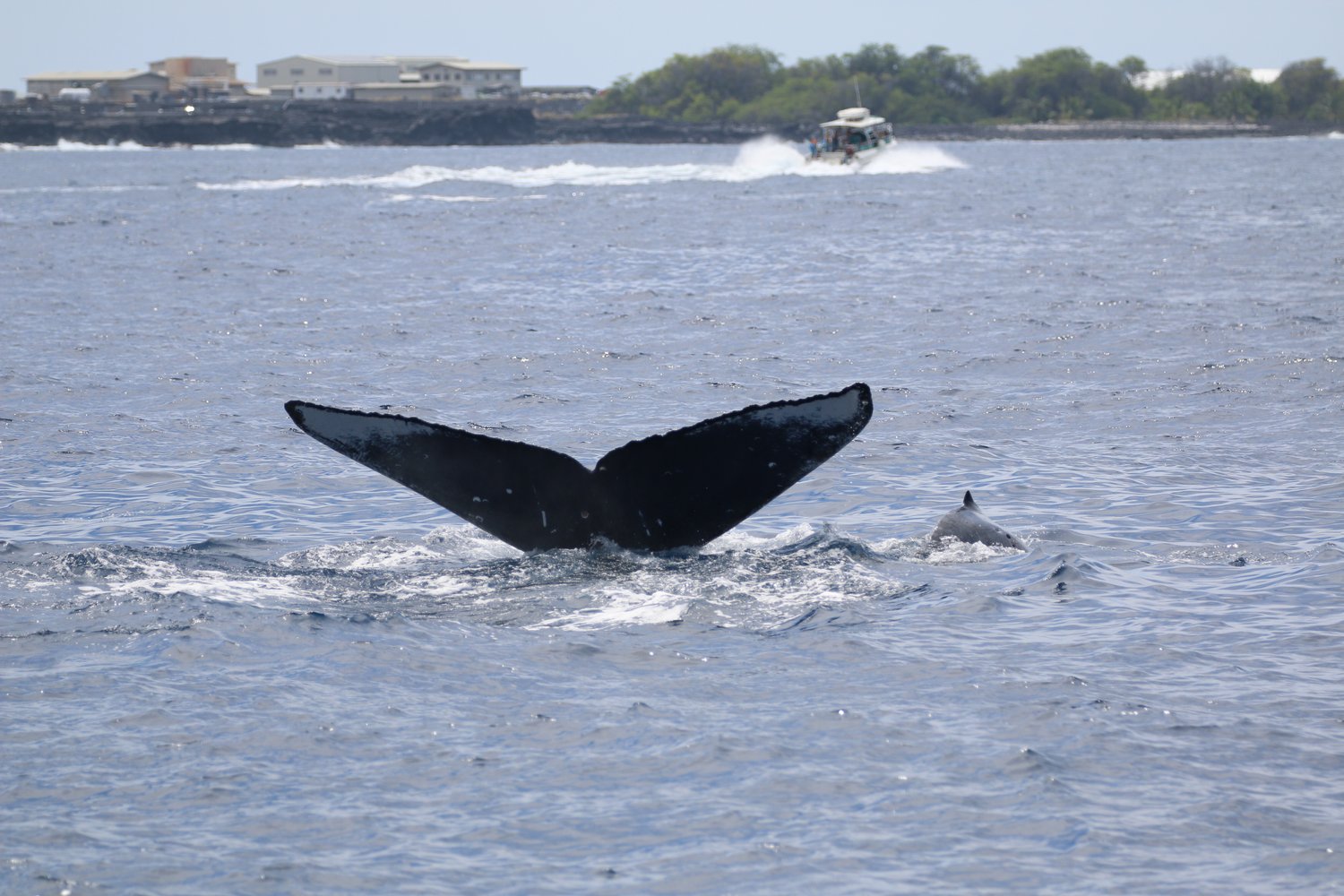
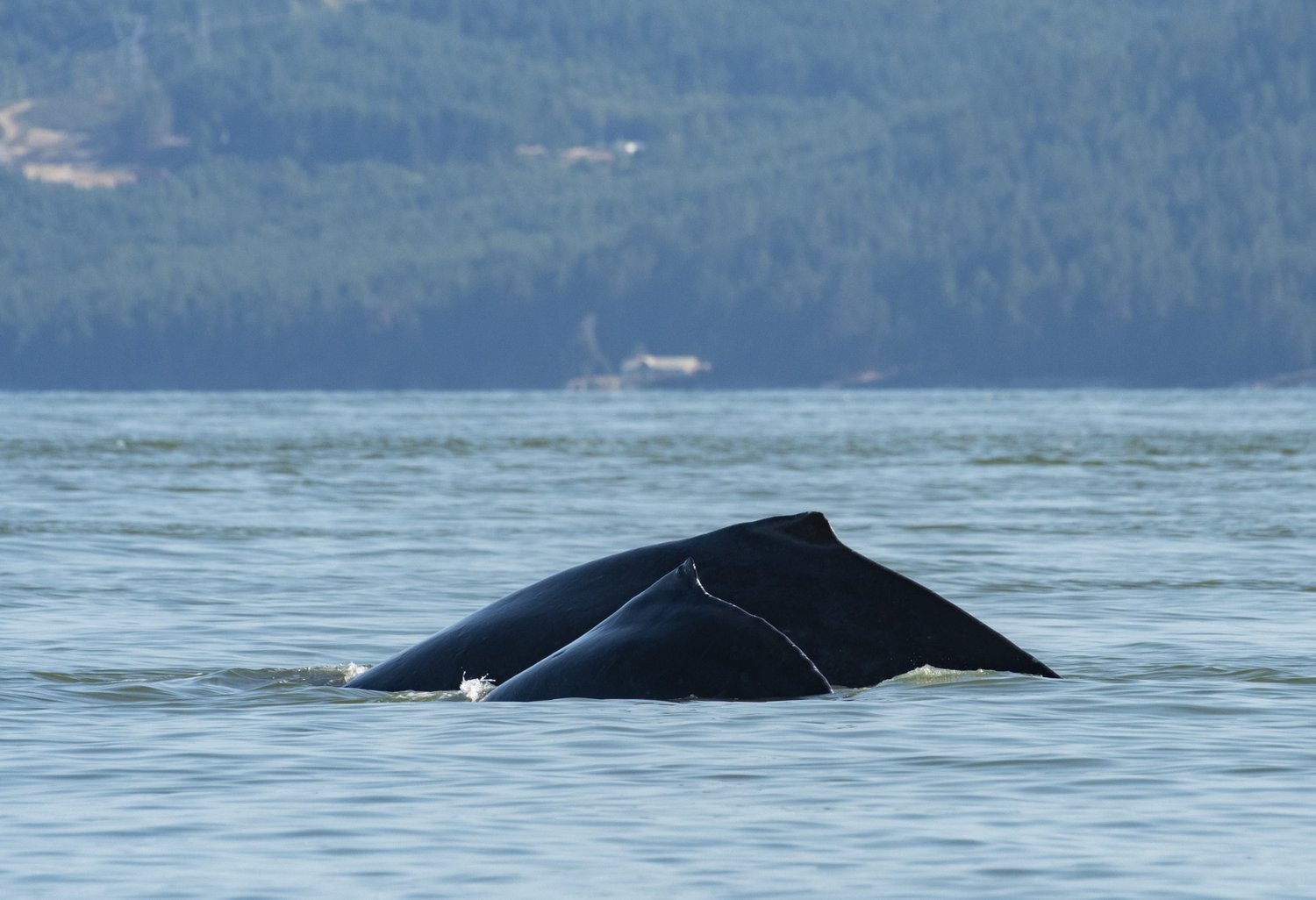
Whale tales
One mom and calf duo, BCX1068 “Split Fluke” and her newest calf, a female, recently delighted onlookers near the US/Canada border south of Victoria. “The calf started things off with a few tail slaps, which mom then joined in on,” says Val Shore, a naturalist with Eagle Wing Tours in Victoria, BC. It’s believed tail-slapping is a way humpback whales communicate with each other.
Split Fluke, born in 2006 to mom BCY0160 “Heather”, has been matched through photographs to Mexican breeding grounds in winter. This year’s calf, not yet named, is Split Fluke’s third, and represents a third generation of Salish Sea humpback whales.
Another pair have an extra special story. This past March, Sam Murphy, a naturalist for Anacortes-based Island Adventures Whale Watching since 2017, was doing seasonal work 3,000 miles away in Hawaii when she spotted a humpback whale with a youngster in tow. In a remarkable coincidence, Sam was able to identify the whale as MMY0183 “Dreamer”, a female humpback that has been photographed in recent years feeding near Victoria and the Canadian Gulf Islands during the summer.
“Our community was excited to receive the March report from Hawaii,” says Erin Gless, Executive Director of the Pacific Whale Watch Association, “and we’re thrilled to say that both mom and baby have arrived safely in the Salish Sea.” Dreamer and her young calf were seen earlier this week by PWWA naturalists in the Strait of Georgia.
As to the cause of this year’s baby boom, Gless can only speculate. “We’re not sure why there were so many calves this year,” she says. “It’s possible the last two years had an abundance of food for the whales, or it could be as simple as the fact that as the number of adult whales in the population grows, so too does the number of calves we can expect to see each year.”
Source: PacificWhaleWatchAssociation
For more whale, dolphin and porpoise news, head over to BrightVibes CETACEAN STATION!
